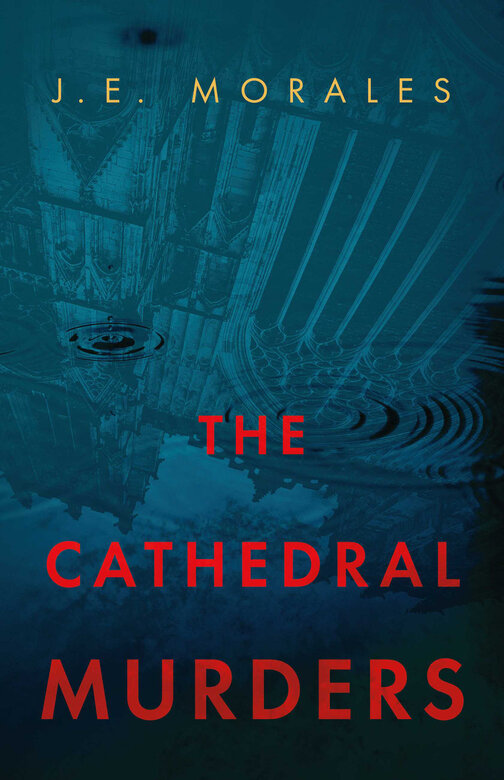Set in Peru during the activity of the communist terrorist group Shining Path in the late 80s and early 90s, The Cathedral Murders by J.E. Morales is a remarkable historical thriller with a noir core and a searing snapshot of Peruvian society, from the poorest layers of society to the highest, giving voice to people who lived through a time of deep unrest.
In Ayacucho they call the Santa Maria Hospital “the cathedral of medicine” – the best possible place to hone your skills as a doctor or nurse outside Peru’s capital. When one of the interns Isabella finds an Egyptian cross drawn on the face of a patient deceased in mysterious circumstances, she knows that the Hospital is no longer safe; she has seen that cross before, and she knows it is not a coincidence.
In the meantime, Father Silvestri, bishop of Ayacucho and member of the Catholic group Opus Dei, is making his support of Peru’s government known, especially regarding the military response to Shining Path. Are Isabella’s investigations going to shed light on the mysterious deaths in the hospital, and are the deaths connected to the current social unrest in the country?
With its plot-driven structure, the novel is full of political intrigue and dark turns, from the collective to the individual level, shedding light on the personal reasons that influence macro-political decisions, and how worldwide intrigue can change the lives of many individuals. Morales offers a detailed portrait of the historical moment, where religion, radicalism, and corruption exploded into violence in Peru’s convoluted socio-political situation, revealing a country ridden by poverty, in which those who are supposed to reassure and protect people, like the State or the Church, have a lot to hide.
As such, the book is as much historical fiction as thriller, but Morales perfectly weaves these two halves together through quickly alternating points of view, giving a sense not only of the complexity of the situation, but also of the general feeling of uncertainty, as though the short scenes mimic the snap decisions one has to make in a time of crisis. Through Isabella’s disillusioned and critical gaze, the reader can sense the tension between blind believers and Church skeptics in the country, while through Silverstri’s narration, we see the dichotomy between those who are willing to embrace violence and those who are desperate to find a different avenue.
A multilayered read with a huge number of moving parts, the story could have fallen apart in the wrong hands, but Morales does an excellent job of clarifying Peru’s tumultuous history during this period, allowing his characters to explain the intricate factors at play, without each player seeming like a mouthpiece for historical information. At times, this can unsurprisingly lead to unnatural dialogue, but the absence of an overriding narrator’s voice is fundamental to the way the book builds suspense, and the balance of historical detail and character motivation is most often handled very well.
Combining captivating mystery, dizzying political machinations, and a powerful cast of characters, The Cathedral Murders is a masterclass in fusing together genre elements with a historical setting, making a potentially niche storyline into something that asks profound moral questions that transcend time and place.
Book Links
STAR RATING
Design
Content
Editing
Get an Editorial Review | Get Amazon Sales & Reviews | Get Edited | Get Beta Readers | Enter the SPR Book Awards | Other Marketing Services
























Leave A Comment